Since Imagination’s acquisition of MIPS at the end of last year, the MIPS product line has been given a new lease of life. There are two things driving this. The first is simply that with its new home, the MIPS architecture has a solid future whereas before it was uncertain. Secondly, Imagination moved their own general purpose… Read More
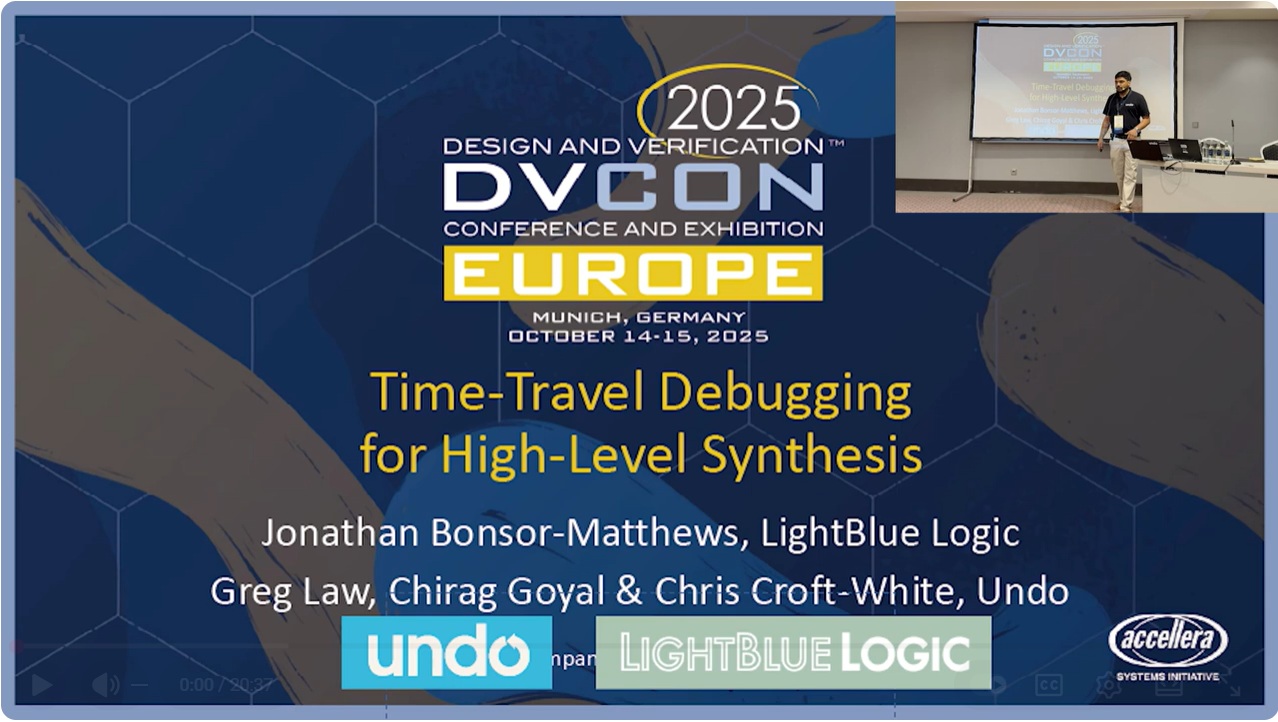 Revolutionizing Hardware Design Debugging with Time Travel TechnologyIn the semiconductor industry High-Level Synthesis (HLS) and…Read More
Revolutionizing Hardware Design Debugging with Time Travel TechnologyIn the semiconductor industry High-Level Synthesis (HLS) and…Read More Addressing Silent Data Corruption (SDC) with In-System Embedded Deterministic TestingSilent Data Corruption (SDC) represents a critical challenge…Read More
Addressing Silent Data Corruption (SDC) with In-System Embedded Deterministic TestingSilent Data Corruption (SDC) represents a critical challenge…Read More TSMC's 6th ESG AWARD Receives over 5,800 Proposals, Igniting Sustainability PassionTaiwan Semiconductor Manufacturing Company has once again demonstrated…Read More
TSMC's 6th ESG AWARD Receives over 5,800 Proposals, Igniting Sustainability PassionTaiwan Semiconductor Manufacturing Company has once again demonstrated…Read More Tiling Support in SiFive's AI/ML Software Stack for RISC-V Vector-Matrix ExtensionAt the 2025 RISC-V Summit North America, Min…Read More
Tiling Support in SiFive's AI/ML Software Stack for RISC-V Vector-Matrix ExtensionAt the 2025 RISC-V Summit North America, Min…Read More TSMC based 3D Chips: Socionext Achieves Two Successful Tape-Outs in Just Seven Months!Socionext’s recent run of rapid 3D-IC tape-outs is…Read More
TSMC based 3D Chips: Socionext Achieves Two Successful Tape-Outs in Just Seven Months!Socionext’s recent run of rapid 3D-IC tape-outs is…Read MoreHistory of SoC Interconnect Fabric
I just read this very interesting article posted by Kurt Shuler from Arteris, describing the “History of SoC Interconnect Fabric” and explaining why the SC industry needs an advanced approach, named the “fourth phase of the Interconnect Fabric history” in the article. Kurt’s point of view is that in the past the SoC interconnect… Read More
Device Noise Analysis of Switched-Capacitor Circuits Webinar
Switched-capacitor (SC) circuits are ubiquitous in CMOS mixed-signal ICs. Thermal noise, introduced by MOS switches and active amplifier circuitry, is the major performance limiter in these circuits. This webinar reviews analysis techniques to accurately analyze the noise performance of switched-capacitor circuits … Read More
The TSMC CEO Succession Plan!
The foundry executive shuffle continues at Samsung, GlobalFoundries, and TSMC. Some expected, some not, the needs of the many outweigh the needs of the few. As I have mentioned before I have no inside knowledge as to who will be named as Dr. Morris Chang’s successor but here is my candidate for the next TSMC CEO.
First, the executive… Read More
Mentor Graphics Continues To Perform Well
The EDA tool space has been booming in this new “mobile era” of computing. As the world transitions to system-on-chip design methodologies, and as more teams are developing even more products for an ever-broadening set of end markets, the demand for ever more sophisticated design tools has only continued to skyrocket.… Read More
Driving Innovation in Image Sensors and High Speed AMS Design!
This is a live Silicon Valley event and yes there is such a thing as a free lunch. This is the first in a series of live SemiWiki collaborative events. I strongly believe that, especially in the age of social media, real world experience is key to the collaboration required to be successful in modern day semiconductor design. This is… Read More
A Brief History of Tangent Systems
In the spring of 1984, Mark Flomenhoft, Ph.D., approached Aki Fujimura, Randy Smith, and Steve Teig, to join him in developing a business plan to create a new EDA place and route (P&R) company. The three young software engineers all worked at Trilogy Systems Corporation where Mark was a director in the design automation department.… Read More
What Can Accelerate 3D Semiconductor Manufacturing?
In the beginning of this decade there was a lot of buzz around 3D chip manufacturing. Many EDA tools were developed to facilitate semiconductor designs in 3D space. Naturally, we are moving to the edge on 2D without much room to further squeeze transistors and interconnect. However, lately I haven’t heard much about 3D products.… Read More
Mobile-Ready EDA and Semi IP Web Sites
18 months ago I blogged about how the mobile revolution that we enjoy today is really enabled by EDA software and IP in the hands of SoC designers, yet very few EDA and Semi IP companies had mobile-ready web sites. In that past 18 months we’ve witnessed only a handful of companies migrate to mobile-friendly web sites, the most… Read More
Managing All of That IP on Your SoC
It’s common to see an SoC with a few hundred IP blocks today, which is quite a change from full-custom IC designs developed in the early days (i.e. 1980’s) where there was little IP re-use at all. This shift in the technology and business of IP has created a relatively new industry of IP providers from small to large in size.… Read More



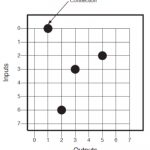
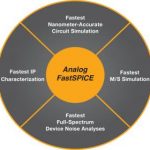



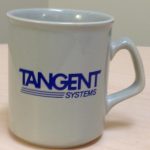
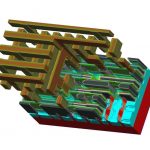
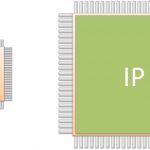
Quantum Advantage is About the Algorithm, not the Computer